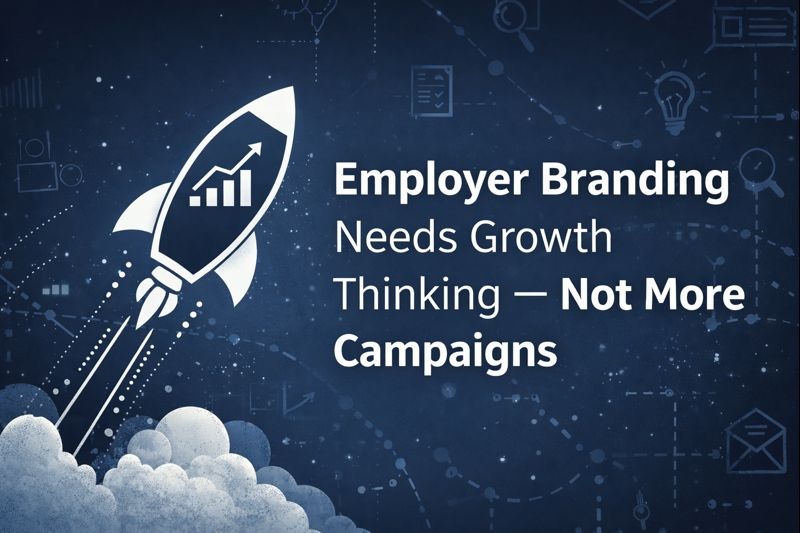May16

In times of unprecedented uncertainty, airline leaders find it hard to adapt to the new circumstances. To survive the crisis, airlines need new approaches that will make strategy and operations work in sync. Pandemic caused reduction in airline activities have created an opportunity to lay the foundation for a more adaptable, resilient organisation, conscious of complexities and its own capabilities to sustain forthcoming challenges.
Making the most of this opportunity requires a shift in perception of what planning and strategizing is about, with focus leaning towards emergent, context-related problems. It requires rising above limitations imposed by organisational structures and management practices and engaging collective intelligence when making decisions that require constant adjustments in a continuously changing environment.
If we can create a space, a platform where people around the airline can continually find ways to improve locally whilst being keenly aware of the company's goals, we will improve the odds of our airlines thriving in good and in difficult times. Along the way, much will be learnt - mostly from experience.
As Eric Ries said, under conditions of high uncertainty, learning is the most vital function. We must learn the truth about which elements of our strategy are working, and which are not. This is more to the point, more accurate and faster than classical business planning.
The question is, what does it take to bring this new process to life?
On practice
Due to its dynamic nature, the work on system improvement has to take place on neutral territory, a space through which information about system dysfunctions can flow naturally, creating the feeling of connectedness and belonging. This neutral platform engages the whole organisation. People gather to resolve problems experienced in real life, seen from different perspectives. In doing this, they develop a deeper understanding of their shared purpose – to serve passengers and improve their experience - no matter how far from the passengers their work may seem to be. This is not about who, but what has caused the system to underperform, which eliminates the blame culture.
This approach requires a shift in management attention: from looking at sum totals and averages of disconnected financial and operational data that only surface the problem areas, to understanding the underlying causes of things that didn’t work as expected. This is an essential prerequisite for narrowing the gap between what we wanted to achieve and what we actually delivered.
On process
There are two essential steps for making this process effective.
Firstly, we have to narrow the focus onto the most disruptive events – usually ones that disproportionately ripple across the network. They are often hidden behind ‘reactionary causes’ dissociated from their origins, those that have the highest impact on cost and passenger experience.
Secondly, we need to identify intangible causes of these events guided by narratives of people involved in the processes – starting with operations control and then, depending on the situation, involving operations planners, ground services, service suppliers, scheduling, network, strategic and commercial planners, customer relations or other relevant functions.
Identifying the multiple, interrelated causes is the most important stage in this process. It makes the interconnections between data, people and processes visible and measurable and reveals the bottlenecks in the flow of work and information.
Successful outcome of these collaborative gatherings depends on skilled facilitators, ‘boundary-spanners’ – people with multidisciplinary knowledge and diverse experiences who are able to move freely between operations and senior management, translating the requirements of each into a language and behaviour that is acceptable to, and understandable by the others. The role of a facilitator is to establish ‘experience bridges’ that link people, information and process, and accelerate progress through the development of a shared understanding of problems affecting the overall performance.
Each of the collaborative gatherings organised by boundary-spanners results in a call to action presented in relational action maps where interdependencies between departments and flow of work become visible and easier to understand and revisit while measuring progress. This process can be described as an initial phase of transition towards a new breed of organisation, where work flows naturally and flaws are easy to notice and act upon at early stages. This is the way towards truly adaptive organisations.
On new role of technology
The whole process is dependent on the use of the right technology.
The innovative role of technology is to ease the access to information resulting from numerous interactions by visualising the results. Spotting the pain points in need of action, and monitoring progress in such a complex context are challenges beyond the capability of a single human mind.
Current perception of the role of technology focuses on serving individual functions. Here, the technology company doesn’t just sell the “product” - the software - but service.
To make the most of technology, experts on both sides need to work together for as long as necessary to make sure that this new integrative process works successfully.
On culture
What is important here is that the whole process changes culture, which is the most complex issue of all, most difficult to influence, and is a crucial part of an airlines’ success or failure. It is a culture of connectedness, feeling of belonging and taking part in contributing to reaching the higher goals.
Before he co-founded the Southwest Airlines, the most successful airline in history, Herb Kelleher asked himself: ‘What if you could build a company that is as human as the human beings in it? What if you could create a culture that inspires passionate people to come to work fully awake, fully engaged, firing on all cylinders because they know they are doing epic work?’ He went on to make this a reality.
There are no recipes, but you can give this a try.
Keywords: Culture, Innovation, Leadership
 Employer Branding Needs Growth Hacking — Not More Campaigns
Employer Branding Needs Growth Hacking — Not More Campaigns The Wireless Renaissance: From Tesla’s Dream to Agentic Autonomy
The Wireless Renaissance: From Tesla’s Dream to Agentic Autonomy Collective Resonance: How Consciousness Scales Beyond the Individual
Collective Resonance: How Consciousness Scales Beyond the Individual Autonomous Wingmen: Scaling Sustainable Aviation via NVIDIA NAT and Formation Flight
Autonomous Wingmen: Scaling Sustainable Aviation via NVIDIA NAT and Formation Flight The Board Chair as the Primary Lever of Psychological Safety
The Board Chair as the Primary Lever of Psychological Safety